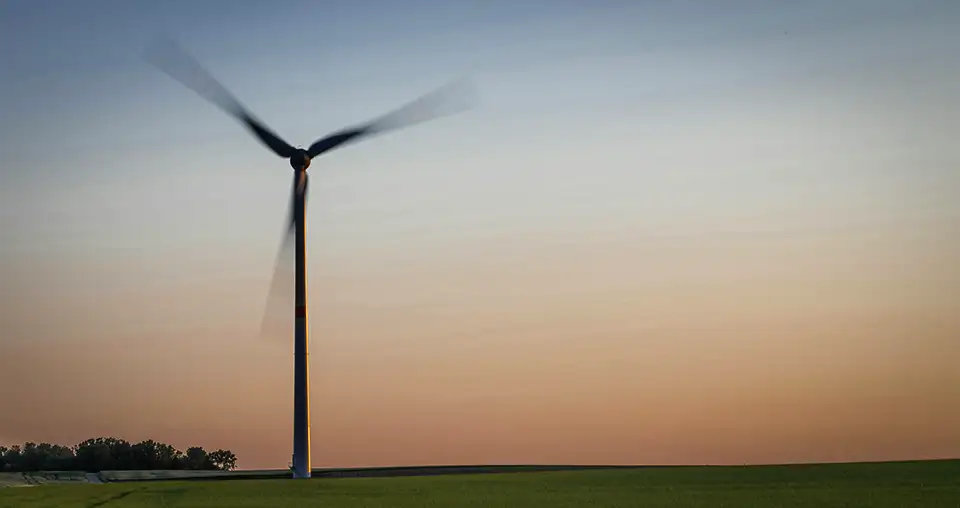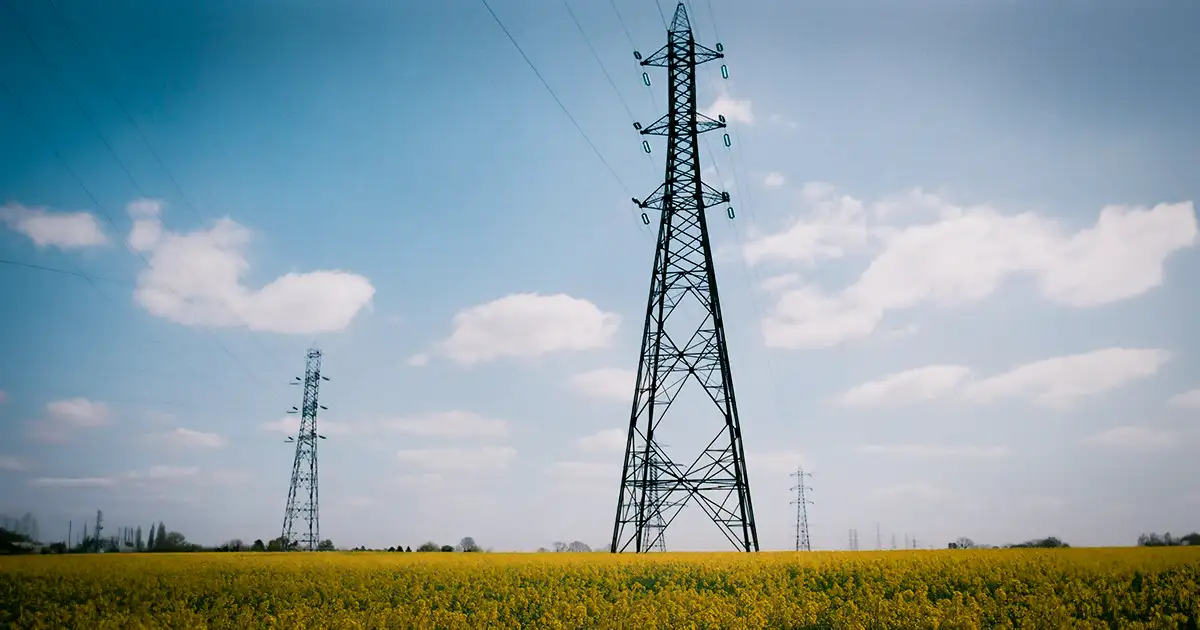As the summer sun blazes overhead, Texas residents are bracing for the soaring temperatures that are on the way. Not only does the heat drive up our electric bills, it poses a significant challenge to the state’s power grid.
Understanding why the power grid fails during heatwaves and what homeowners can do to prepare is crucial for ensuring comfort and safety during the hottest months.
Background on Texas Power Grid
Texas is unique in many ways, and its power grid is no exception. Unlike the rest of the United States, which is served by two main power grids (one for the East and one for the West), Texas operates its own independent grid.
Our power grid is managed by the Electric Reliability Council of Texas (ERCOT). This independence dates back to the early 20th century when Texas opted out of federal regulations to maintain control over its energy resources. While this setup has its benefits, such as self-reliance and avoiding out-of-state power failures, Texas cannot easily tap into neighboring grids during a power crisis.
Why the Texas Power Grid Fails During Heatwaves
During extreme heat, the need for cooling skyrockets. Air conditioners work overtime to keep homes and businesses cool, leading to a significant spike in electricity consumption. This surge in demand can strain the grid to its breaking point. But why exactly does this happen?
Aging Infrastructure
Much of Texas’ power infrastructure is decades old. Natural gas plants, coal plants, and transmission lines are all aging and more prone to failures, particularly under the stress of high demand and extreme heat.
Deferred maintenance and underinvestment in upgrades exacerbate these issues, making the grid less reliable when it’s needed most.
Insufficient Capacity for Power Generation
ERCOT’s grid relies heavily on natural gas, which powers over half of the state’s electricity. While natural gas is a reliable source, it has its limitations. During peak demand, the grid can quickly become overwhelmed if natural gas plants are offline for maintenance or fail due to heat.
Similarly, while wind power contributes about 25% of Texas’ electricity, it is less effective during the hot, still days of summer when wind speeds are low.

Deferred Maintenance and Underinvestment
Years of underinvestment in grid maintenance and upgrades have left Texas vulnerable to power outages. By neglecting the need for regular maintenance and infrastructure improvements, our power grid has been reduced to a fragile system that struggles to cope with extreme weather conditions.
Ongoing Challenges
Texas is experiencing rapid population growth, particularly in metropolitan areas like Austin, Houston, and Dallas. This urban boom means more homes and businesses are connected to the grid, increasing the overall demand for electricity. Additionally, modern homes are filled with energy-hungry gadgets and appliances, further straining the grid.
Following the catastrophic winter storm in February 2021, Texas has made some strides in improving grid resilience. New weatherization standards were introduced, and ERCOT implemented operational changes to hold more thermal power in reserve. However, these improvements have not been enough to fully address the grid’s vulnerabilities, particularly during extreme temperatures.
Despite improvements, the grid still suffers from persistent infrastructure failures. During heatwaves, these failures can be exacerbated by the increased load, leading to more frequent and prolonged outages.
Which Brings Us To You, the Homeowner
While the state works on long-term solutions, homeowners can take several steps to prepare for potential power outages and reduce their personal electricity consumption.
- Backup Power Sources: Investing in a generator or a battery backup system can provide peace of mind during outages. Ensure that these systems are properly maintained and ready to use when needed.
- Stock Up on Essentials: Keep a supply of non-perishable food, water, medications, and other essentials. This preparation will help you stay comfortable and safe during an outage.
- Create an Emergency Plan: Develop a plan that includes communication strategies, safety procedures, and contingency plans for family members and pets.
- Energy-Efficient Appliances: Reduce electricity consumption by using energy-efficient appliances and LED lighting. These devices use less power and can help lower your energy bills.
- Smart Thermostat Settings: Optimize your thermostat settings to save energy. Set your thermostat a few degrees higher when you’re not at home or during the night. Smart thermostats can automatically adjust settings based on your habits and preferences.
- Natural Ventilation and Shading: To keep your home cool, utilize natural ventilation and shading techniques. Close blinds or curtains during the hottest part of the day to block out the sun and use fans to circulate air.
- Off-Peak Energy Use: Schedule high-energy tasks, such as laundry or running the dishwasher, during off-peak hours when demand on the grid is lower. This helps reduce strain on the grid and saves you money if your utility company offers time-of-use rates.
- Optimizing Smart Devices: Set up your smart home devices to maximize energy efficiency. For example, program your smart thermostat to adjust temperatures based on your schedule and use smart plugs to turn appliances on and off.
- Home Insulation and Weatherization: Improve your home’s insulation and weatherization to reduce cooling needs. Proper insulation keeps cool and hot air out, making your home more energy-efficient.
- Renewable Energy Options: Explore renewable energy options such as solar panels. Solar power can provide a reliable source of electricity and reduce your dependence on the grid.
- Demand-Response Programs: Participate in demand-response programs offered by local utilities. These programs incentivize you to reduce your energy use during peak times, helping to balance the load on the grid.

Final Thoughts
Understanding why the Texas power grid fails during extreme summer and winter temperatures is the first step towards finding solutions. While the state works on improving infrastructure and regulations, homeowners can take proactive steps to prepare for outages and reduce their energy consumption.
By investing in energy-efficient technologies, creating emergency plans, and participating in demand-response programs, we can all contribute to a more resilient and reliable power grid.
If you have questions about things you can do to help reduce your energy bill while relieving strain on the power grid, give us a call at (682) 233-3367. We can suggest the best types of smart HVAC systems and thermostats to get you on the right path. Stay cool and stay prepared, Texas!

